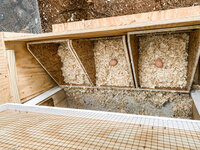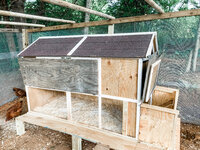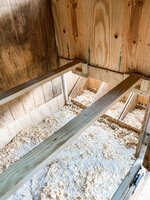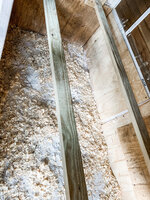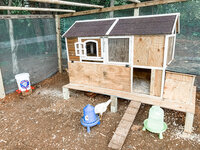Samanthaalvin1
In the Brooder
We currently have 6 chickens which are 3.5-5 months old. None of which have laid eggs yet. I am going this evening to purchase 2 buff orphingtons and 1 ameraucana which are 11-12 months old. How should I introduce them? Is this too much of an age difference to add to the same area? We have a coop that is inside a 15 x 14 fenced area with a top.





